John Barry
As fall changes to winter, the temperature and overall weather outside change as well. I’m located in New York City, where this past week, just like most of the country, has been experiencing a cold snap. I personally run for my commute during the week, so choosing not to exercise outside due to the colder weather is not an option. Due to this I have learned several things through research along with personal trial and error (sometimes the hard way). As several of my athletes are preparing for the winter, the discussion of proper preparation on how to deal with the weather comes up. Here are a few of those insights.
Check the Weather
Hopefully this one is straight forward, but the temperature and weather conditions can fluctuate greatly from day to day and even hour to hour. There are numerous weather apps to utilize to get a heads up and what’s going on. There have been a few times where I forgot to check weather update before leaving house, only to have hard rain start pouring down on me in cold conditions. It was clear looking out my window before the sunrise, so I assumed I was safe for the 20 minute run to the train station. 3 minutes in and now I’m soaking wet and didn’t pack an extra change of clothes. The temperature change before and after sunrise/sunset is crucial to realize as well. Planning your exercise routine around these variables is the first step towards success. This brings us to our next point…
Dress in Layers
Due to the possible change in weather and temperature, it’s best to wear layers. It’s easier to remove layers as the body warms up, but not as easy to add if the weather is to cold.
When choosing layers, be mindful of the activity you plan on doing. If it is a “normal” winter sport such as skiing or skating, there is specific equipment to dress around and utilize. If it is something normally only done in warmer weather, or not a typical winter sport, then we must do our best not to hamper our ability to perform the sport/exercise in a safe and effective way. For example, I find mittens to be best for keeping hands and fingers warm, but if we need our hands to be dexterous we need to substitute with a glove. To counteract the extra exposure to cold, we can use a hand muffler around our waist and keep hand-warmers to warm hands during down time.
The Layering Process
To start our layering process, we begin with a base late on both upper and lower body. My preferred choice is a thermal/cold gear compression. Luckily the market is flooded with multiple companies that provide this. It assists with sweat wicking, heat retention and the tighter the fit, the lower the chance of chaffing. The next layer should be a shirt/short/pant combo, that will not restrict movement. An extra layer of that should be added depending on the outside temperature/wind conditions. The outermost layer should be a jacket/vest with preferably a waterproof shell that is both lightweight and easily removable in case the body starts to become to hot. It is very possible to overheat in the cold if bundled up correctly.
We are constantly sweating, but don’t notice because it is absorbed by the multiple layers we are wearing. This means it is very important to hydrate properly meaning just as much as if we were doing this exercise during a hot, summer day.
Final part of layering is the hands, covered above, and keeping our head and face covered. Ears and nose are most susceptible to frost bite and therefore should remain covered. An effective way to keep the face warm, moisturized and protected from cold and wind is to rub petroleum jelly on the cheeks, forehead, chin and any other exposed skin. It might sound outlandish, but it does work.
Related Article: What Your Sweat Says About Your Fitness Health
Don’t Forget your Feet
Of course we need to choose proper footwear. If going for a walk run, choose sneakers that are insulated to help keep in heat. Extra points if they are water resistant or can be made so with a protective spray. It’s easy to just grab heavy winter boots to wear in the cold. The issue I have with this, is that the extra weight of the boot might effect our foot strike and stride if we are running or moving. The foot and ankle support may be different as well, which could lead to possible injury. Always think risk over reward when choosing a particular exercise protocol.
Takeaway
Don’t let the cold keep you from exercising and leading an active lifestyle. Just remember to plan accordingly. But also play it safe and smart as well. Sometimes the risk of subzero temperatures, snow and ice isn’t worth the risk of going outside. Stick with a similar in home or fitness center exercise routine to stay active and battle the elements when the odds are more in your favor.
Related Article: The Power Of Music During Exercise
You Might Like:
5 Ways to Get Rid of Shin Splints
Ryan Cross, Physiotherapist Pain related to “shin splints” is one of the most common ailments...The Most Efficient Way to Run Faster
Evan Stevens, Sprint Coach Phosphocreatine is the most immediate source of energy we have access...Upper Body Workouts For Distance Runners
When we run long distances it is crucial to focus on form, function, and balance....Use the Hurdle Step to Test Your Running Mechanics
An easy way to test or observe your running mechanics is to use the Functional...Study May Predict Runner’s Half-Marathon Performance
A Review by Alyssa Bialowas Participating in marathons and half-marathons has become a very popular...It’s Not Too Late To Become A Runner
(adsbygoogle = window.adsbygoogle || []).push({}); Alyssa Bialowas Running has many benefits for your health, from...Running Cool Down Drills | FastTwitchGrandma Running Tips & Tricks
Post Workout Drills Post workout drills are an important tool to help improve performance. These...Core Workout For Runners | FastTwitchGrandma Sprinting Tips & Tricks
In the next sprinting video presented by Forever Fit Science – imagine a car with...Do You Need A Pacer?
Alyssa Bialowas Introduction Strong displays in endurance sport are as much about pacing as training....The Case for CEE – Intervals Vs Endurance (Part 4)
Evan Stevens CEE has been getting a bad rap lately thanks to HIIT. Passé and...Does Movement Therapy Prevent Running Injuries?
A Review by Alyssa Bialowas Runners have an increased risk of injury that results from...Meet a Track & Field Masters Athlete
Recently, Forever Fit Science attended the Huntsman Senior Games, where we stopped to talk with...What Factors Determine Ultra-Marathon Success?
Julia C. Basso, PhD 100 miles is approximately the distance from the surface of the...The Science Behind Good Running Music
Catherine O’Brien What makes a good running song? A couple weeks ago I discussed research...95 Year Old Track Star
Mary Kemp, age 95 battles it out on the track field during the 100m dash....These 92 Year Olds Will Change Your Life
Meet Sid and Dotty. We caught up with these two competitors at the 2017 Huntsman...Masters Track & Field Inspiration
These Masters Track & Field athletes prove age is just a number. Recently Forever Fit...Running Does Not Cause Arthritis
Ryan Cross, B.A. Hons (Kin), MScPT, FCAMPT Registered Physiotherapist in Sarnia, Ontario, Canada Physical changes...The Crucial System Responsible For Runner’s High
Catherine O’Brien A runner’s high is a state or feeling that is reached after a...Become A Runner at Any Age
Gillian White BSc, MSc, PhD Candidate University of Toronto Exercise Sciences Why society is telling...A New Form Of Aerobic Training: Micropause
Dayton Kelly This article was adapted from a combination of speeches given at the European...A Look Inside The Mind Of Distance Runners
Catherine O’Brien Have you ever driven past a runner and thought “I wonder what is...Run/Walk Or Run Only?
Catherine O’Brien When I first started running, my mom introduced me to the Galloway Method....Improve Pace By Running With Others
Catherine O’Brien I enjoy running alone and am intimidated at the idea of running with...Meet Master Marathoner Kenneth Mungara
Kenneth Mungara, 43, is the Master’s Marathon World Record holder. He is also the winner...5 Bio-Motor Abilities
Forever Fit Science’s founder Virginia Davies explains the 5 bio-motor abilities crucial to a well-rounded...Who Takes the Cake at Pacing During the Marathon?
Evan Stevens The other talk in the session that did not tread on familiar ground...Meet Masters Runner Nick Berra
Meet Forever Fit Science masters runner Nick Berra. Berra is a 2-time USATF Masters Athlete...Trigger Motion: Running Terms For Those New to the Game
Evan Stevens Trigger Motion: Running Terms For Those New to the Game Heading to the...BJ McHugh, age 85 ran the Honolulu Marathon
Grayson Fertig The Great Gift of Gullibility I like the stories that begin Once Upon...Those Who Run Together, Stay Together
Sara Thompson, MSc in Exercise Science Most of us can relate to the main barriers...The post Too Cold To Feel The Burn: Exercising In Cold Weather appeared first on ForeverFitScience.
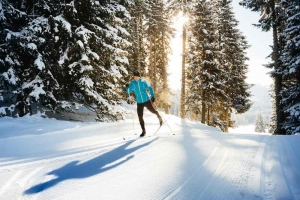
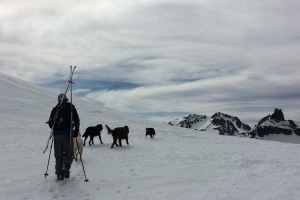
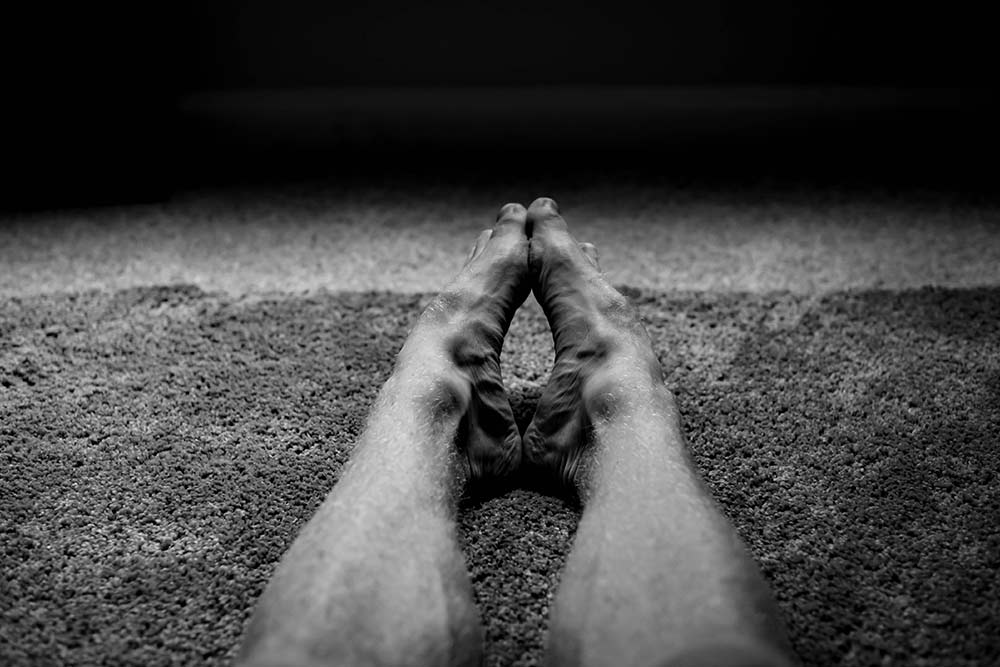
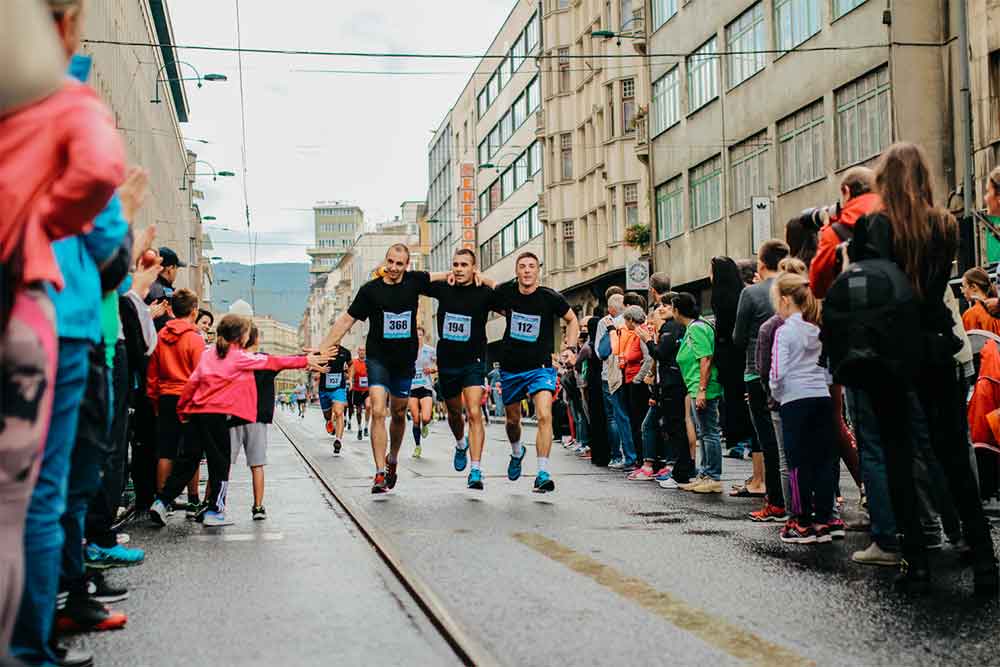

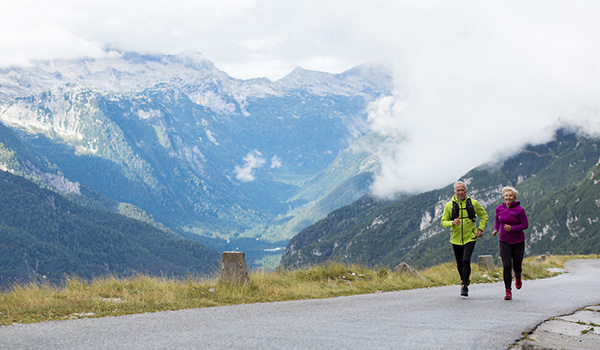
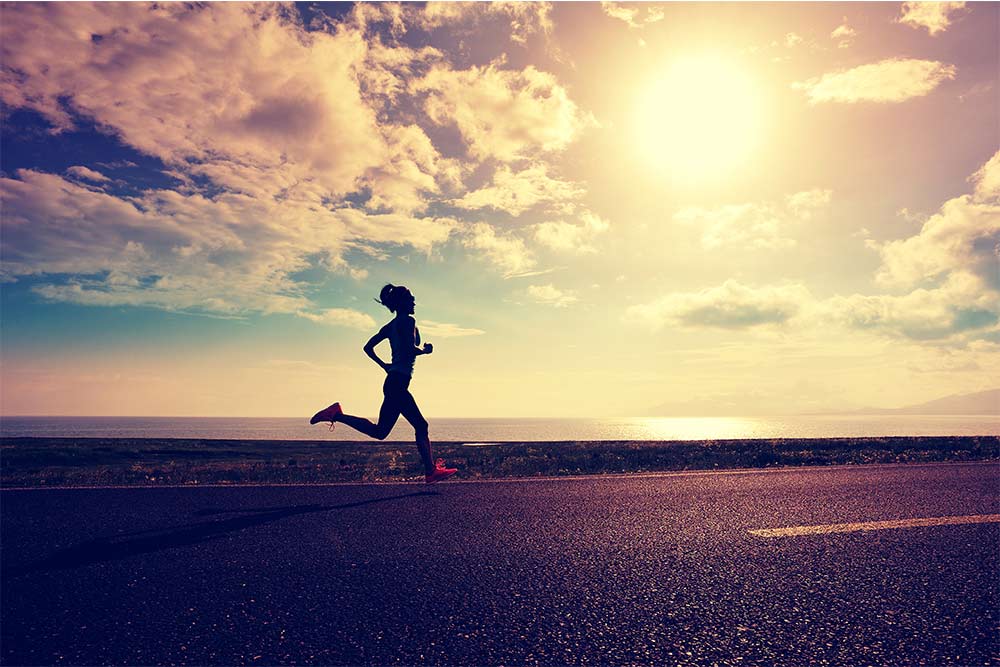
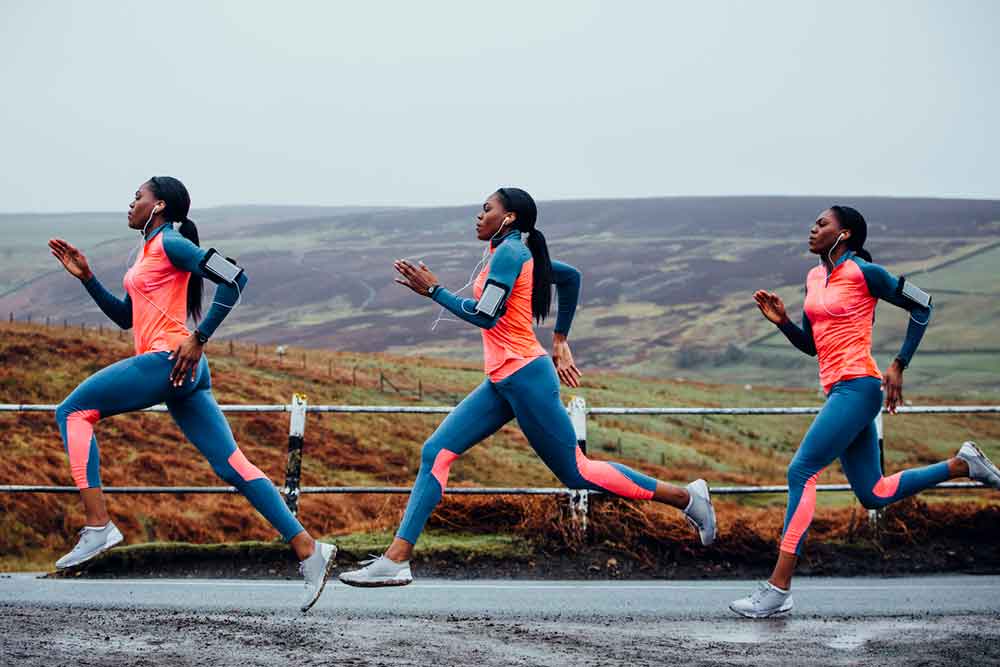
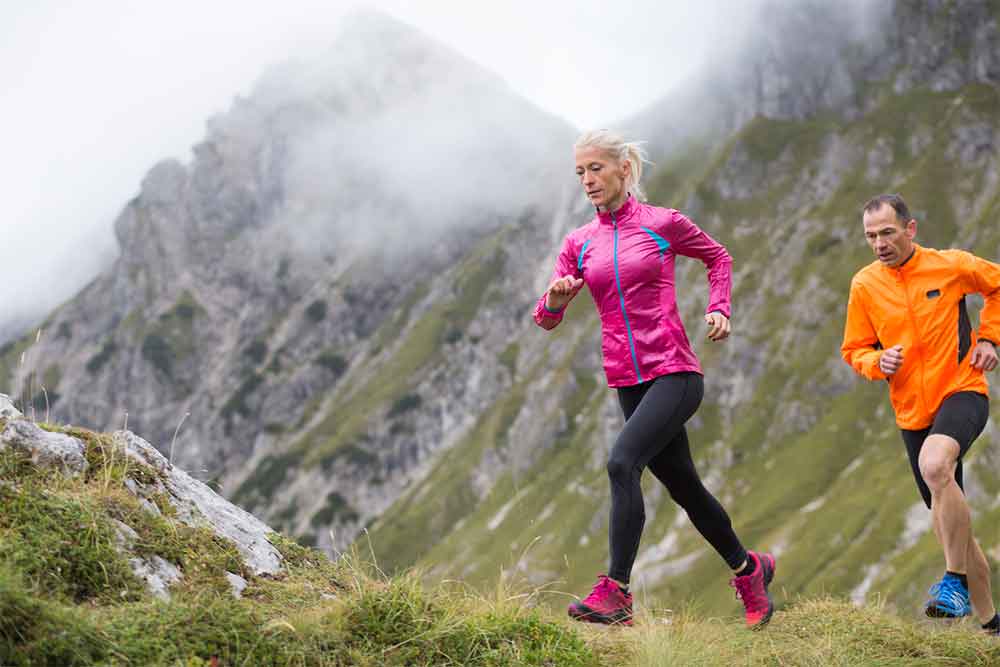
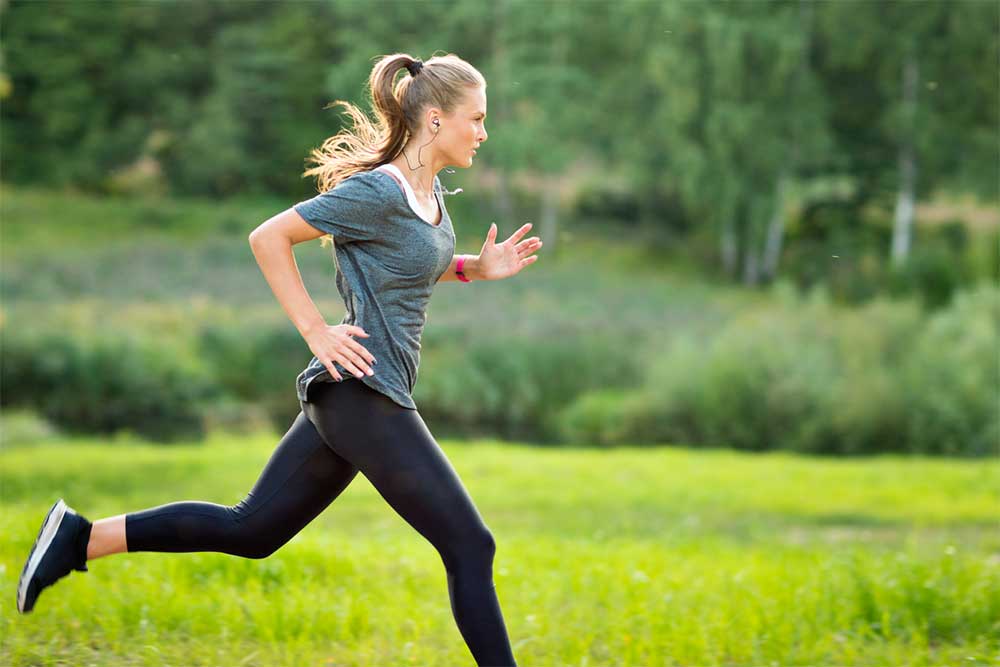

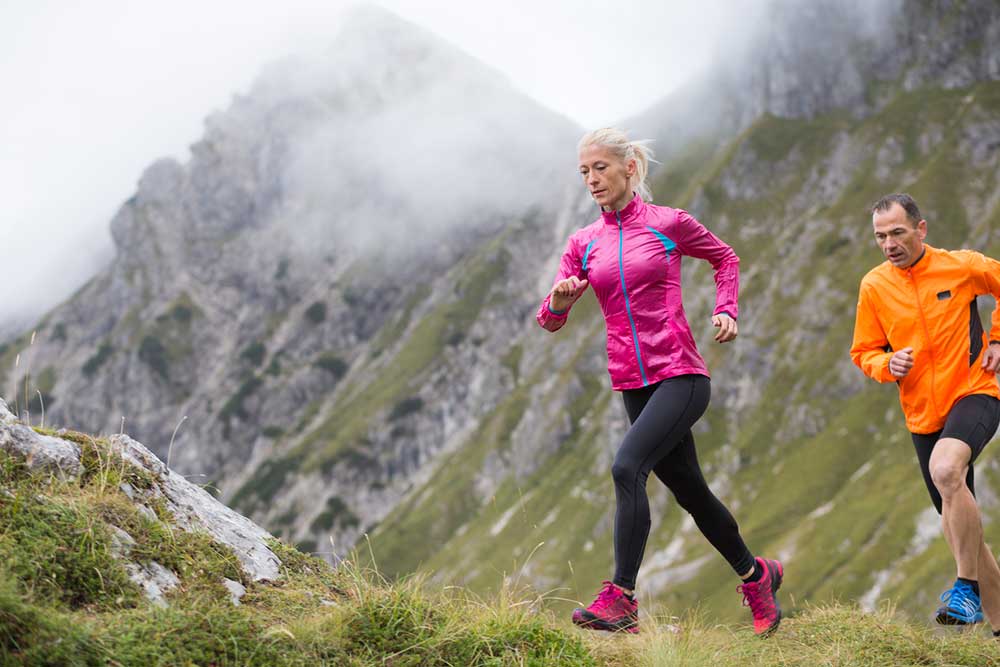
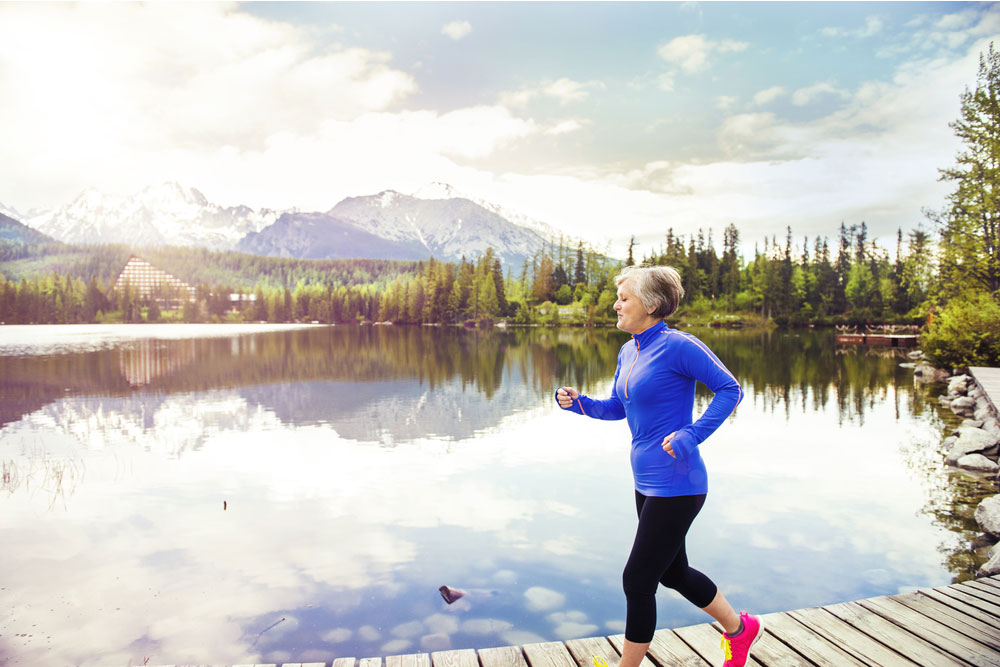



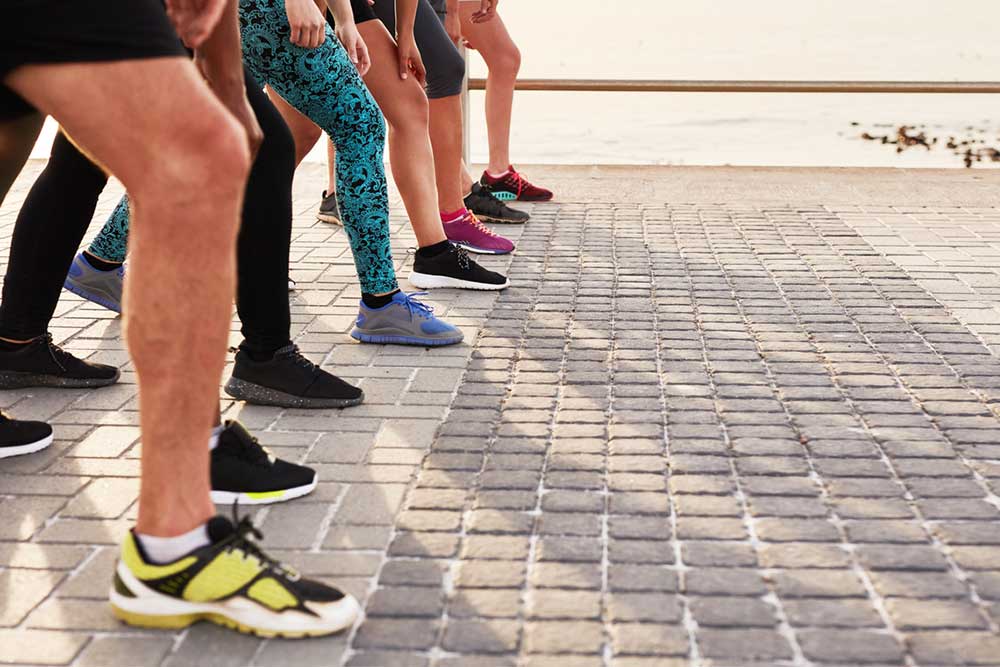
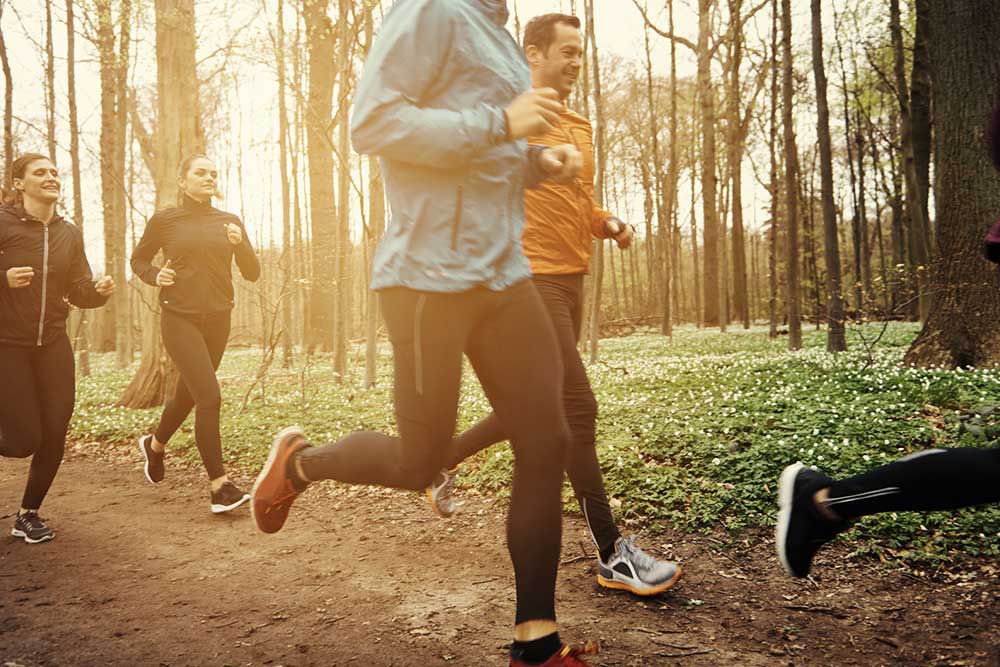
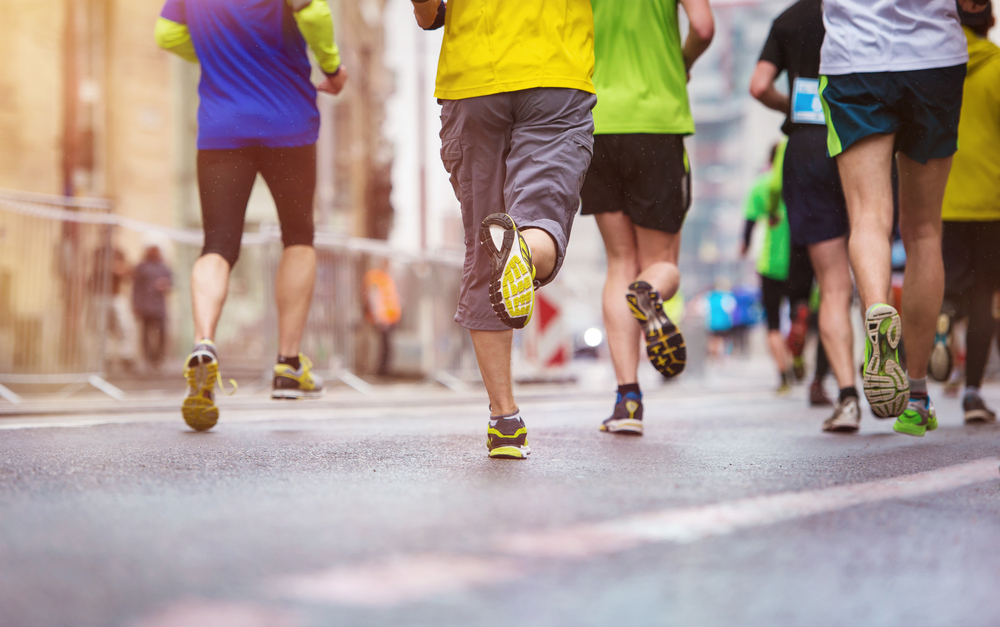
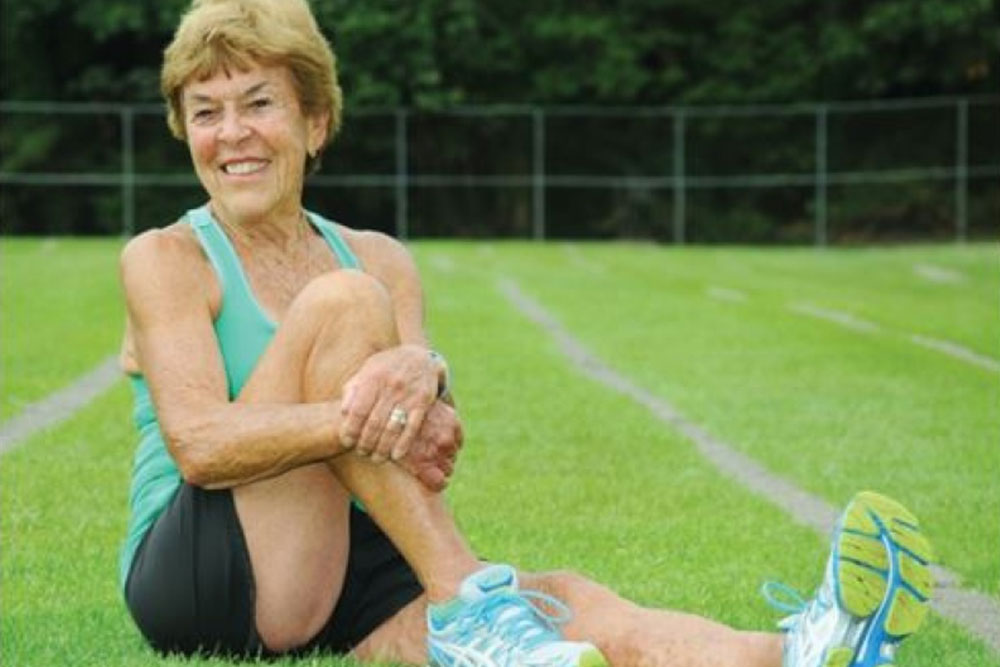
No comments:
Post a Comment